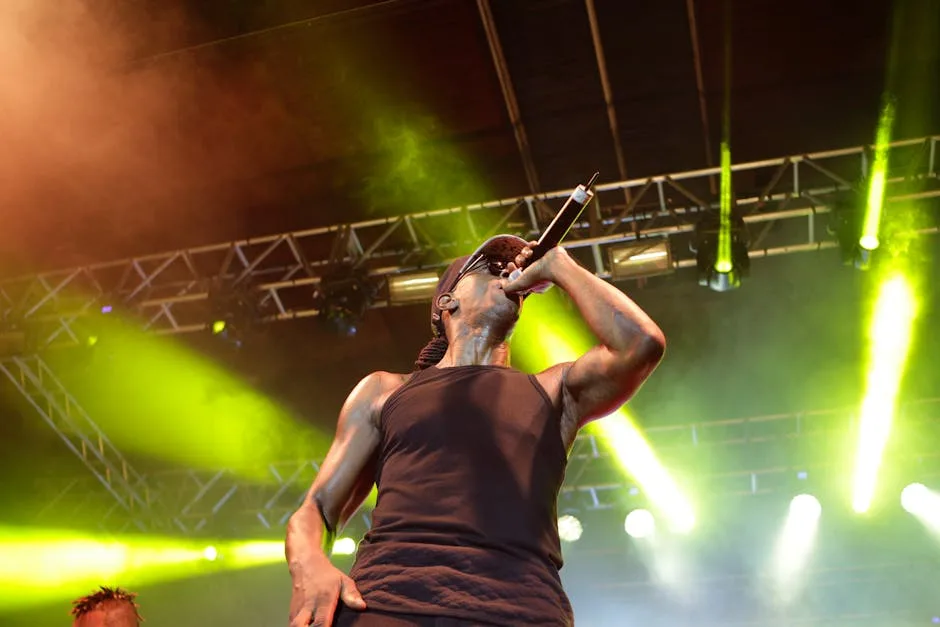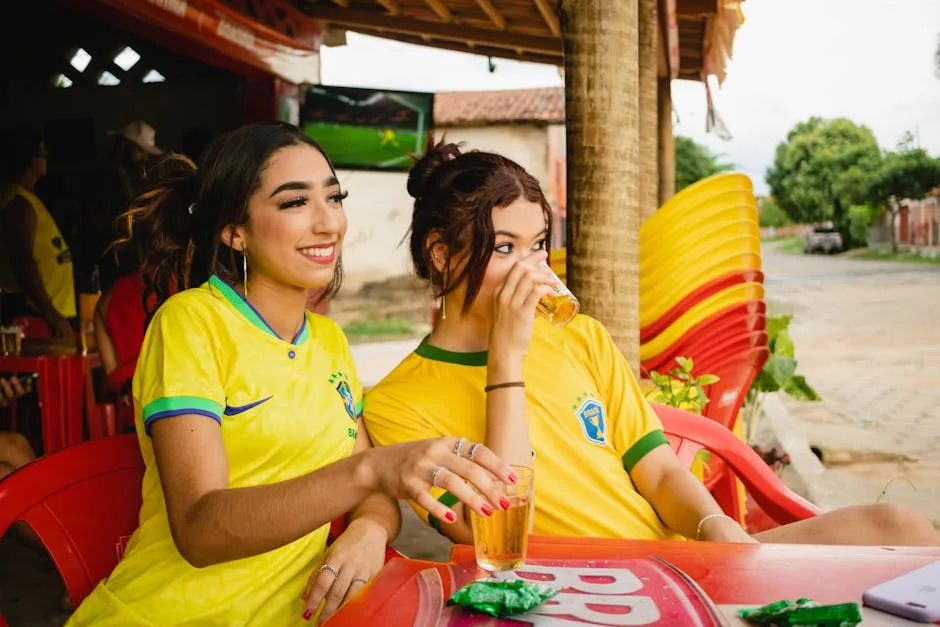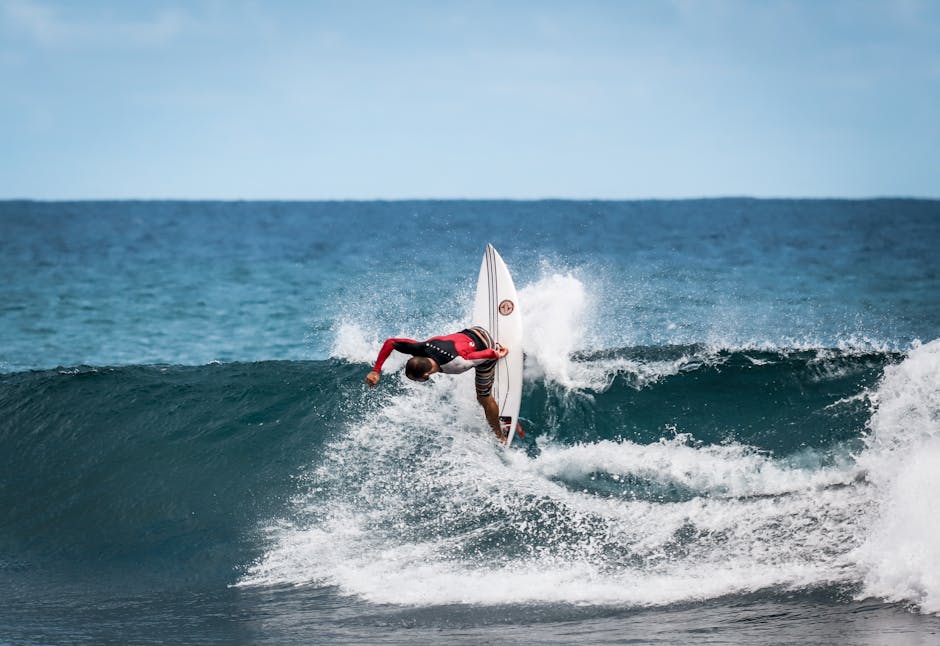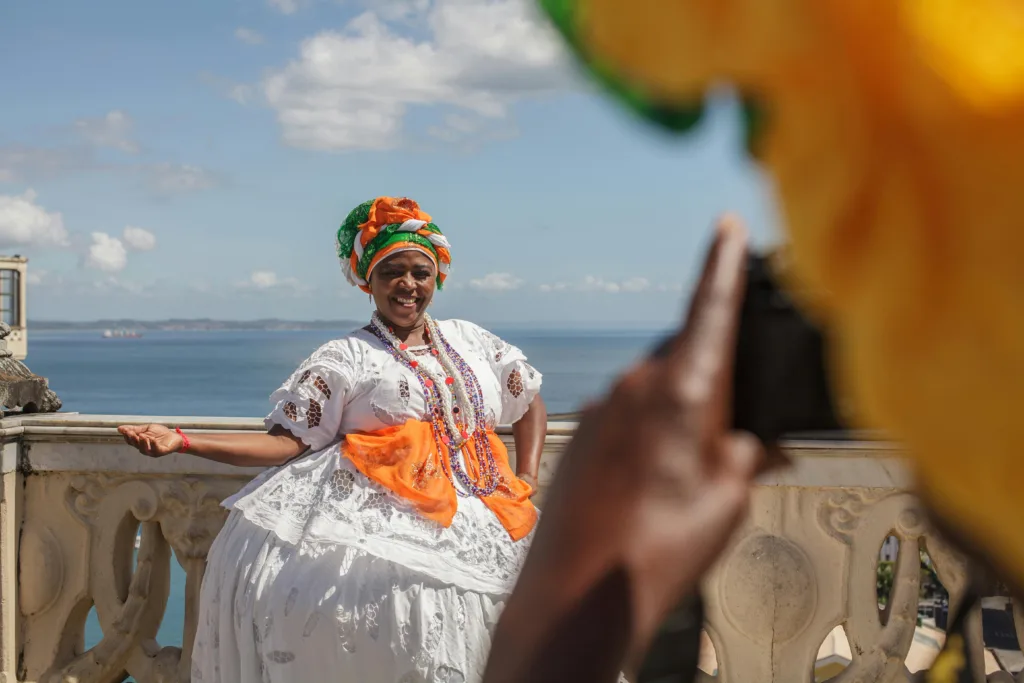Feel the Rhythm: An Introduction to brazil‘s Unforgettable Nightlife
Imagine this: The tropical air is warm and thick with the scent of jasmine and grilled street food. A cold caipirinha sweats in your hand as a wave of sound washes over you—a driving drumbeat, the sweet melody of an accordion, or the cool, complex chords of an acoustic guitar. This isn’t just a night out; it’s a full-body cultural immersion. Welcome to the nightlife of Brazil, a world where music isn’t just background noise; it’s the main event, the lifeblood, the very soul of the evening.
When the sun sets in Brazil, the country truly comes alive. Forget sterile clubs with generic electronic music. Here, the nights are defined by rhythm, passion, and a deep-rooted history that you can feel in every note. It’s an experience that connects you to the people and the place in a way no daytime tour ever could. In this guide, we’re going to take a journey through the three pillars of Brazilian musical nights: the explosive energy of Samba, the intimate embrace of Forró, and the sophisticated cool of Bossa Nova. Get ready to find your rhythm.
Samba: The Explosive Heartbeat of Rio de Janeiro
If Brazil has a heartbeat, it undoubtedly sounds like a Samba drum. This is the music most synonymous with the country, the sound of Carnival, of joy, of pure, unadulterated celebration. But to truly experience Samba, you need to step away from the massive parades and find it in its natural habitat: a packed, pulsing, and wonderfully chaotic roda de samba (samba circle).
What is a Roda de Samba?
Picture a simple circle of musicians, often just sitting around a table with their instruments: the deep-thumping surdo drum, the rattling pandeiro (tambourine), the high-pitched cavaquinho (a small four-stringed guitar), and powerful, soulful vocals. Around them, a crowd gathers, shoulder-to-shoulder, singing along to every word of classic anthems and new hits. It’s not a performance; it’s a communal gathering. The line between artist and audience blurs as everyone claps, sings, and, of course, dances.
The beauty of Samba is its infectious energy. Even if you think you have two left feet, the rhythm takes over. You’ll see people of all ages and abilities moving, from seasoned dancers with impossibly fast footwork to beginners just swaying to the beat. Don’t be shy! The atmosphere is incredibly welcoming, and the goal is simply to feel the music and share in the collective joy.
Where to Find the Best Samba Nights
While you can find Samba all over Brazil, its spiritual home is Rio de Janeiro, specifically the historic and bohemian neighborhood of Lapa. On any Friday or Saturday night, the streets around the iconic Lapa Arches transform into one giant party. Clubs and bars spill out onto the sidewalks, but the real magic happens at venues dedicated to live Samba.
- Carioca da Gema: A legendary spot known for its top-tier musicians and electric atmosphere. It gets packed, so arrive early!
- Pedra do Sal: For a truly authentic experience, head to Pedra do Sal on a Monday or Friday night. This historic site, known as the birthplace of Samba, hosts a massive, free, open-air roda de samba. It’s raw, real, and absolutely unforgettable.
- Beco do Rato: A smaller, more intimate venue that feels like you’ve stumbled upon a local secret. The music is always incredible, and the vibe is pure, unpretentious fun.
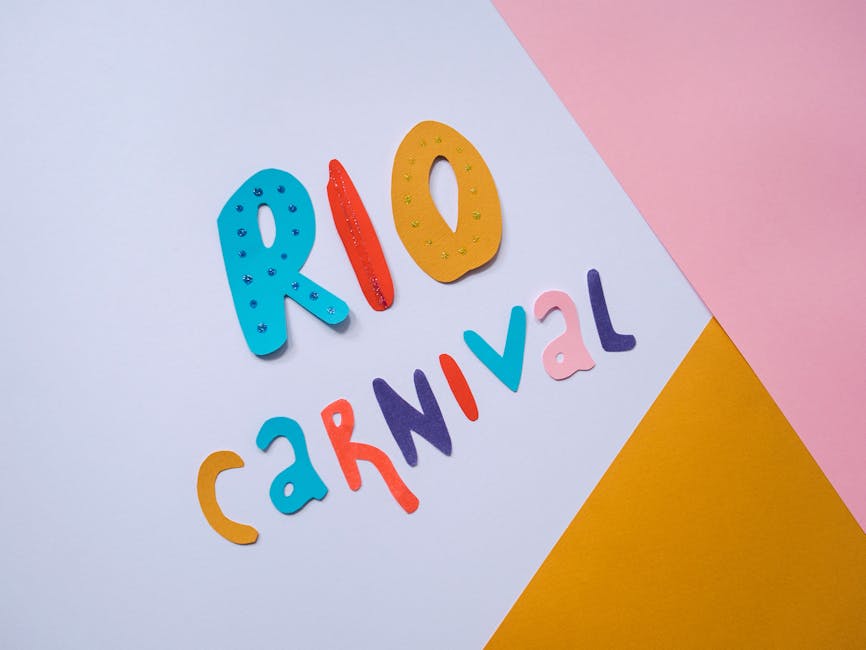
Forró: The Sizzling, Intimate Dance of the Northeast
Head northeast from Rio, and the soundtrack changes dramatically. Here, in the sun-drenched states of Pernambuco, Ceará, and Paraíba, the reigning rhythm is Forró. If Samba is an explosive street party, Forró is an intimate, swirling partner dance that’s all about connection, rhythm, and a touch of romance.
The Sound and the Dance
The classic Forró band is a trio: an accordion (sanfona), a large bass drum (zabumba), and a metal triangle (triângulo). The sound is rustic, melodic, and irresistibly danceable. It tells stories of life in the sertão (Brazil’s arid backlands), of love, and of longing.
The dance itself is what makes Forró so special. It’s a partner dance, performed in a close embrace, with partners moving in a simple, shuffling two-step. While it might look complex, the basic steps are easy to pick up, and the focus is less on perfect technique and more on moving together with the music. It’s lively, fun, and a fantastic way to meet people. In a Forró hall, it’s common for strangers to ask each other to dance, making it an incredibly social and friendly experience.
Where to Dance Forró All Night Long
The Northeast is the undisputed heartland of Forró. During the June Festivals (Festas Juninas), entire cities transform into massive Forró parties. Campina Grande in Paraíba hosts “The Biggest Saint John’s Festival in the World,” a month-long celebration dedicated to the music and dance.
- Recife and Olinda: These neighboring cities in Pernambuco have a thriving year-round Forró scene, with countless dance halls (casas de forró) catering to both traditionalists and fans of the more modern, faster-paced forró universitário.
- Itaúnas, Espírito Santo: This tiny, sand-dusted village becomes a mecca for Forró lovers every July for the National Forró Festival. Dancers from all over the world come here to dance until dawn.
- São Paulo: You don’t have to go to the Northeast! Due to large communities of northeastern migrants, São Paulo has a fantastic Forró scene. Venues like Canto da Ema are packed every night of the week.
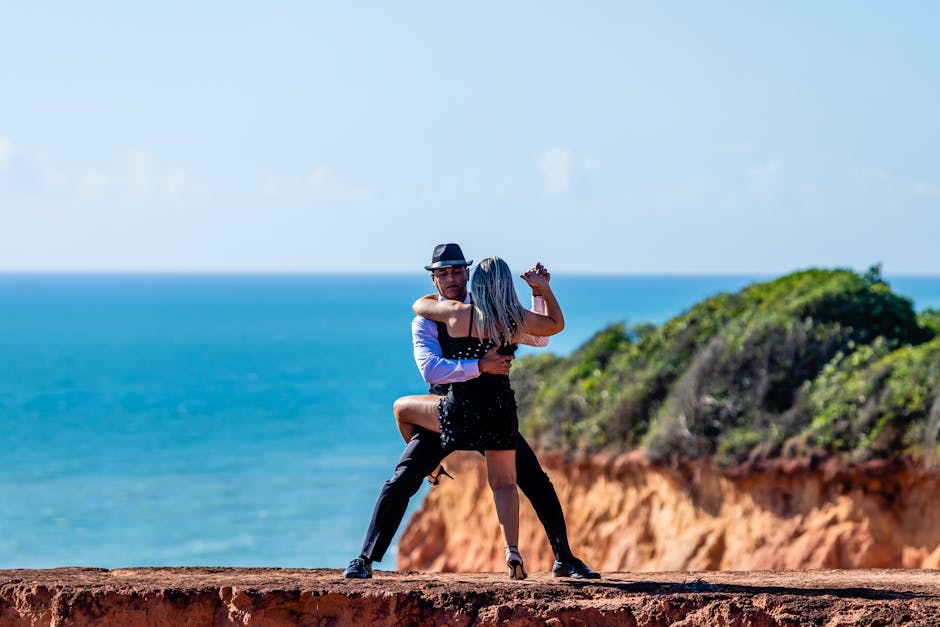
Bossa Nova: The Smooth, Sophisticated Vibe of Ipanema
After the high-energy workouts of Samba and Forró, sometimes you just want to sit back with a good drink and soak in a cooler, more sophisticated vibe. For that, there is nothing better than Bossa Nova.
The Birth of Cool
Born in the late 1950s in the beachside apartments and bars of Rio’s Zona Sul (South Zone), Bossa Nova, or “the new trend,” was a revolution. It stripped Samba of its heavy percussion, slowed it down, and infused it with the complex harmonies of American jazz and a hushed, almost whispered, vocal style. Spearheaded by legends like João Gilberto, Tom Jobim, and Vinicius de Moraes, it was the soundtrack of a modern, optimistic Brazil, and its most famous song, “The Girl from Ipanema,” made it a global phenomenon.
Finding an Authentic Bossa Nova Night
A Bossa Nova night is the polar opposite of a roda de samba. It’s a listening experience. You’re there to appreciate the artistry, the subtle guitar work, and the smooth melodies. It’s the perfect music for an intimate conversation, a romantic date, or a quiet night of reflection.
The best places to experience it are small, dimly lit bars and clubs, where the focus is entirely on the musicians. Look for venues in the very neighborhoods where it was born: Ipanema and Copacabana.
- Beco das Garrafas (Bottle Alley): Located in Copacabana, this is the legendary birthplace of Bossa Nova. While the original clubs have changed, the alley is home to venues like Bip Bip, an wonderfully eccentric, tiny bar where patrons are expected to stay quiet and applaud with finger snaps during performances.
- Vinicius de Moraes Piano Bar: Named after one of the genre’s founding fathers, this spot in Ipanema offers nightly Bossa Nova and jazz shows in a classic, sophisticated setting.
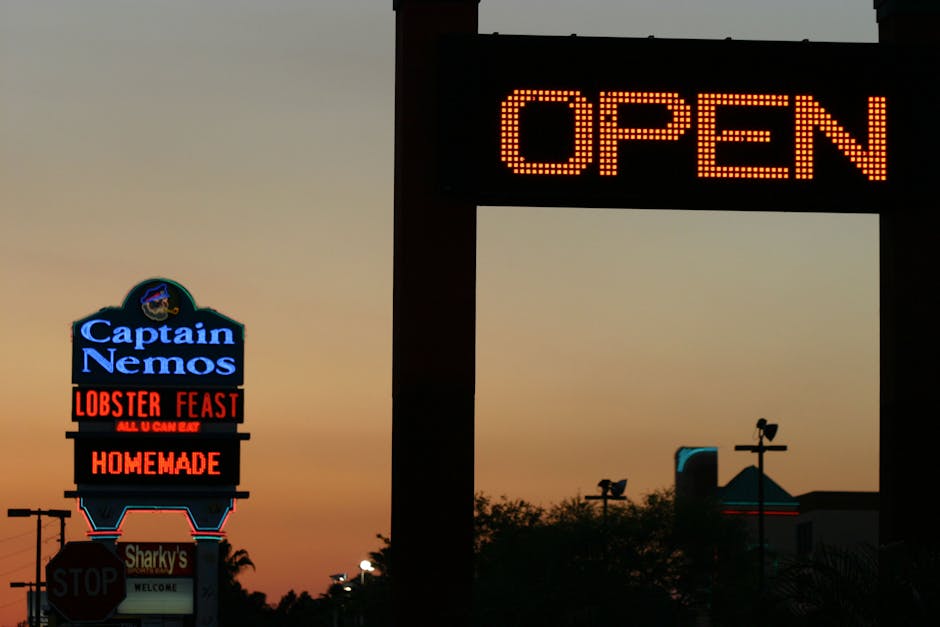
Beyond the Big Three: Other Sounds of the Brazilian Night
While Samba, Forró, and Bossa Nova are essential experiences, Brazil’s musical landscape is incredibly diverse. Depending on where you are, you might encounter:
- Axé: In Salvador, Bahia, the powerful Afro-Brazilian drum corps of groups like Olodum and Ilê Aiyê give birth to the high-energy sound of Axé music, the driving force of the city’s famous Carnival.
- Sertanejo: Brazil’s answer to country music, Sertanejo is wildly popular, especially in the country’s central and southern states. It ranges from heartfelt ballads to upbeat party anthems.
- Funk Carioca: Originating in Rio’s favelas, Funk is a bass-heavy, electronic genre with a powerful beat that dominates parties and clubs across the city. It’s the sound of modern, urban Brazil.
Tips for Your Brazilian Music Adventure
Ready to dive in? Here are a few tips to make your musical night out a success:
Go Late: Brazilian nightlife starts late and goes even later. Don’t expect venues to get lively before 11 PM, with the party often continuing until sunrise.
Dress Comfortably: For Samba and Forró, comfort is key. Wear shoes you can dance in for hours. For a Bossa Nova bar, you might opt for something a little smarter, but it’s rarely formal.
Be Open and Say Yes: If a local asks you to dance, say yes! It’s the best way to learn and immerse yourself in the culture. Brazilians are famously warm and welcoming, especially on the dance floor.
Stay Safe: As with any night out, be smart. Stick to well-known areas, use reputable ride-sharing apps to get home, and be aware of your belongings.
A night out in Brazil is so much more than just a party. It’s a journey into the heart of the culture, a conversation without words, and an experience that will stay with you long after the music fades. Whether you’re lost in the frenzy of a Samba circle, locked in the embrace of a Forró dance, or captivated by the cool elegance of a Bossa Nova tune, you’re participating in a living, breathing tradition. So go out, listen, dance, and let the rhythm of Brazil become a part of you.

